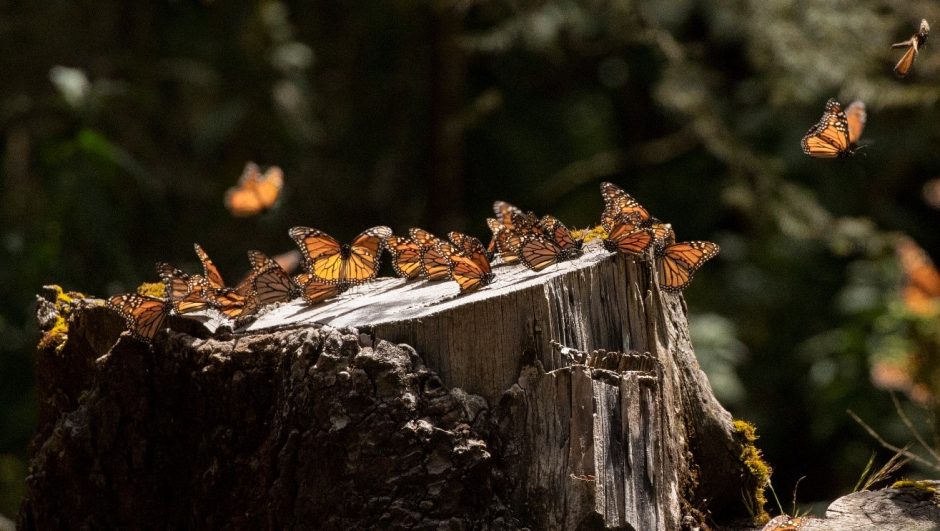
What’s in my Camera Bag – Monarch Butterfly Migration Adventure
It’s once again that amazing time of year, when all monarch butterflies east of the rocky mountains migrate south to their overwintering grounds in Mexico. In fact, come November 1, the very first migratory monarchs arrive to the Monarch Biosphere Reserves, where they’ll then hunker down and spend the next four and a half months.
If you’re headed down to Mexico to witness this phenomenon yourself, as monarchs cluster in trees and cloud the air, be sure to have the right gear with you! Follow some of our tips and advice below and you’ll be set up for success.
Please note, photographic styles vary, as do conditions on the ground. While this is meant to be a guide for choosing your camera gear, you should consider your own photographic interests first and foremost.
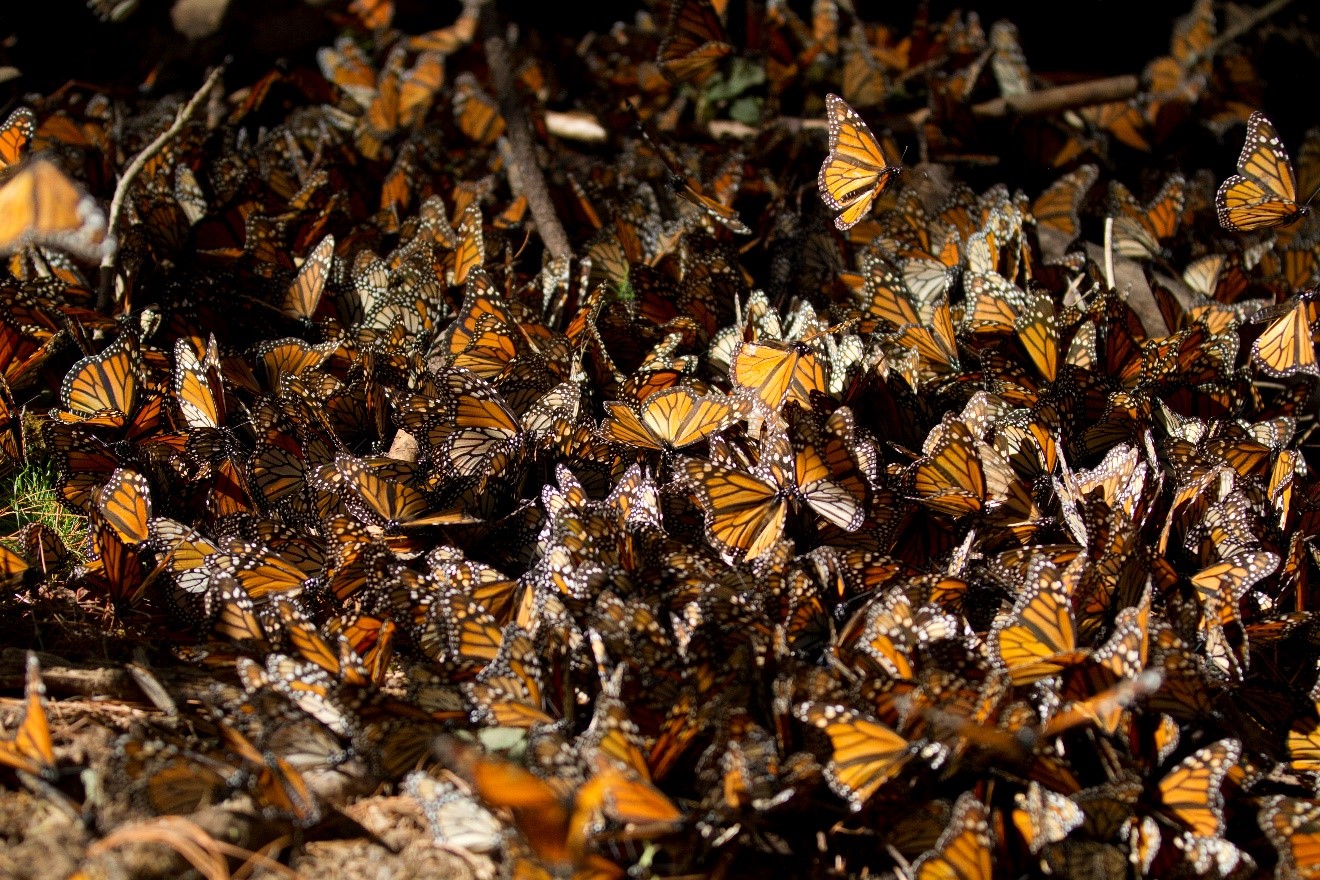
Wide angle vs. Ultra-wide angle
Some of the most famous photos of monarch butterflies, as they overwinter in Mexico, are of big ultra-wide shots of them lining tree trunks or soaring in the air. However, an ultra-wide, which is generally in the range of 16mm at its widest on full frame (thus, 10mm on crop frame and 8mm on mirrorlss), isn’t critically necessary. Oftentimes a multi-purpose wide angle, such as a 24-105mm on full frame or 18-55mm on crop frame is just fine. Plus, the added benefit of having a bit more zoom capabilities on a general wide angle can be a big added benefit when wanting to fill the clusters of butterflies that could be across a trail or otherwise inaccessible at close range.
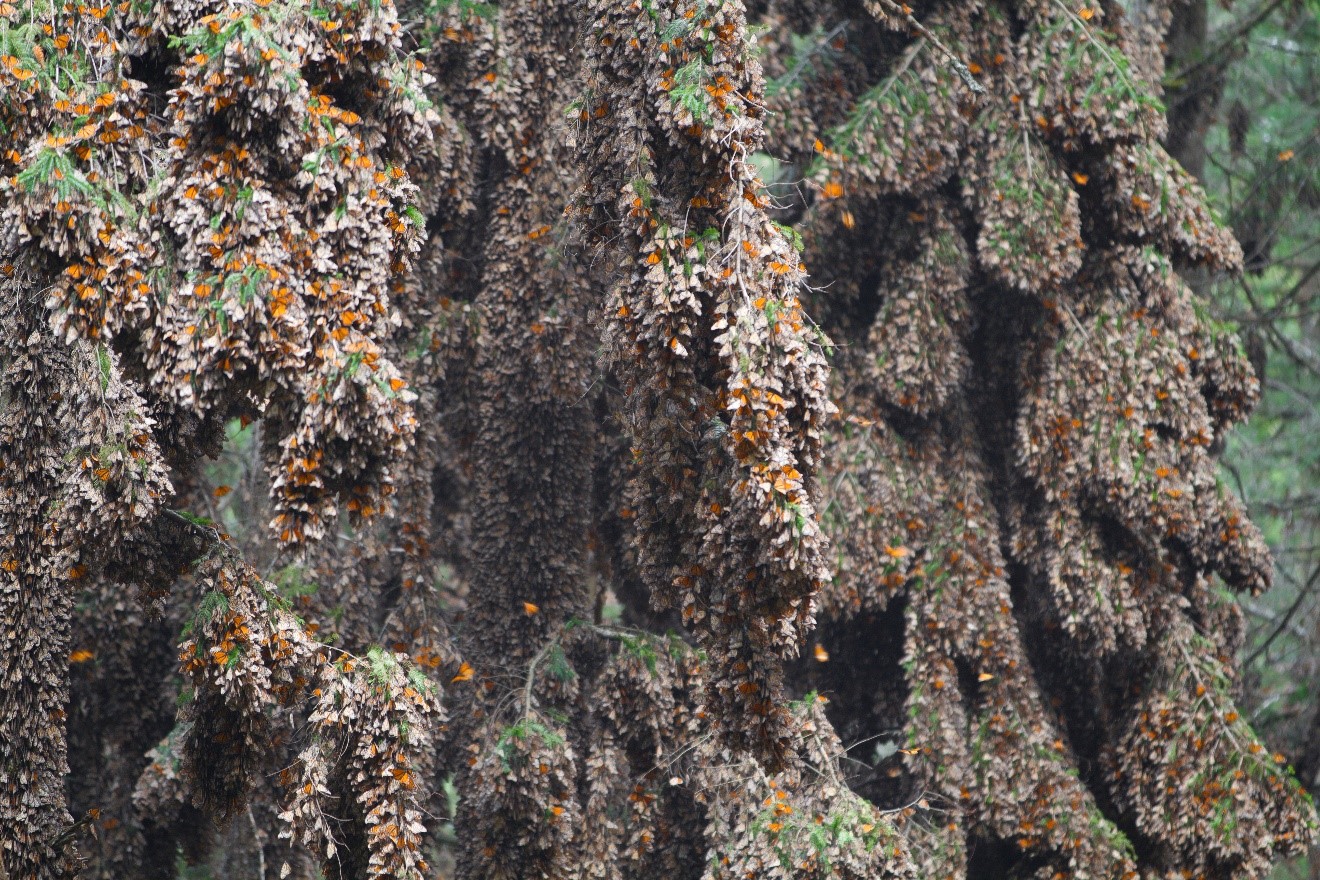
Thus, while an ultra-wide angle is great, don’t get me wrong, make sure you also consider your medium zoom range when it comes to which wide angle lens to prioritize, as it’s not just about the big open sky shots.
Zoom Telephoto
This is a tremendously helpful category of lens to have with you, and can often be overlooked in favor of wider lenses. What I’m talking about here are your 70-200mm or even your bigger 70-300mm or 100-400mm lenses. Essentially what I’m getting at is that you still want to have some hefty zoom telephoto capabilities so you can capture nice fill-the-frame shots of butterflies. In addition, a good telephoto can help with close up shots of individual butterflies if you don’t have or don’t want to bring a macro lens.
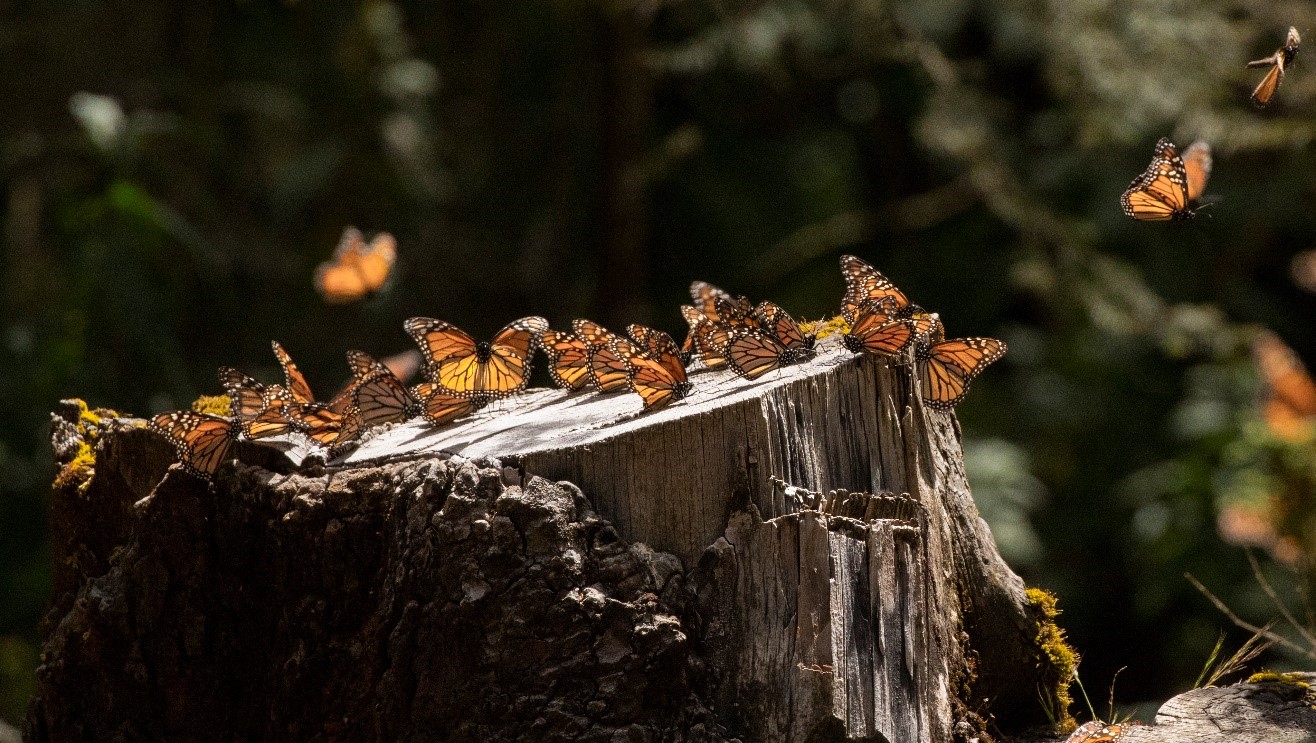
X-factor Lenses
As you may know, I almost always bring an “x-factor lens” with me on trips, and you can read more detail on the terminology HERE if you’d like. However, in short, they are lenses that aren’t deemed critical for the majority of your shots, but they do offer depth to your photographic opportunities and oftentimes produce some of your favorite shots, even if used for just a handful of photos.
For photographing Migratory Monarch Butterflies in Mexico, I actually bring a couple x-factor lenses, as this is a very x-factor trip! Ultra-wide angle lenses fit this category, as they aren’t critical, but are very helpful in certain situations. As are macro lenses. Again, not necessary, but if you have one, it could be very fun to bring. The only downside to dedicated macros are that you usually need a flash setup to maximize their value. And in the sanctuaries, flash is not allowed, so I often just use my general wide angle or zoom telephoto for close-up shots, as I mentioned in the previous section.
I also often consider my “nifty fifty” lens, which is a 50mm f/1.4, because there is some great travel photography to be had in rural Mexico. Plus, it’s a very small lens, and can produce very unique results with excellent background blur.
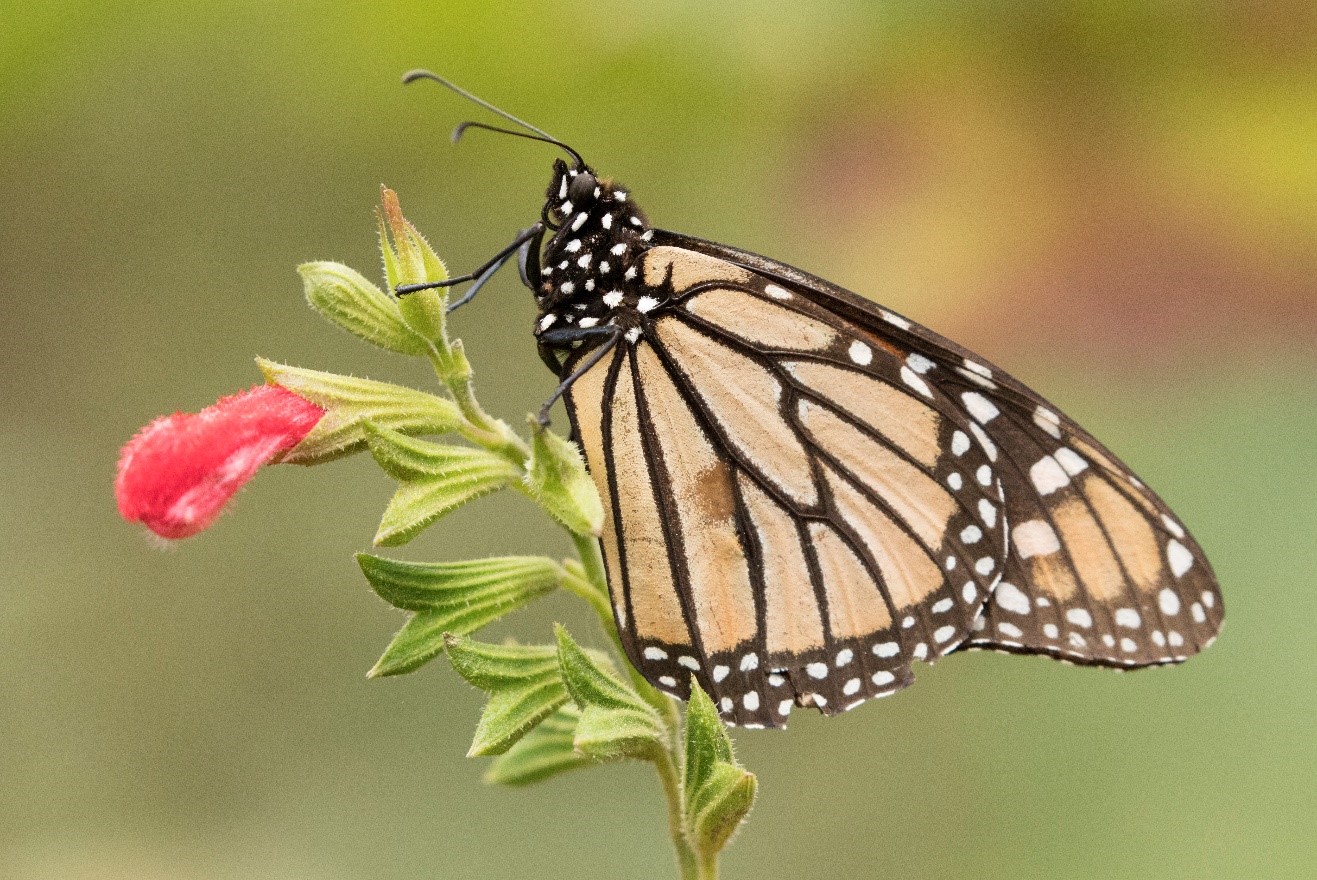
Flashes
These aren’t allowed in the monarch sanctuaries, and thus aren’t all that helpful on the trip.
Tripods
These can be useful, but are also quite cumbersome when hiking or horseback riding. There is usually plenty of light, so a tripod is mainly going to be to brace for larger lenses, or to take video. Taking video is probably the more common use, and it can be great fun. While hand held video is better than no video at all, setting your camera up on a tripod and capturing the movement, no matter how subtle or frenetic it may be on a given day, can capture some amazing footage and document an amazing memory. But nowadays, smartphones are producing amazing video results, and have the ability to stabilize quite a bit, as well as do slo-mo video, too—an amazing ability for sensational video.
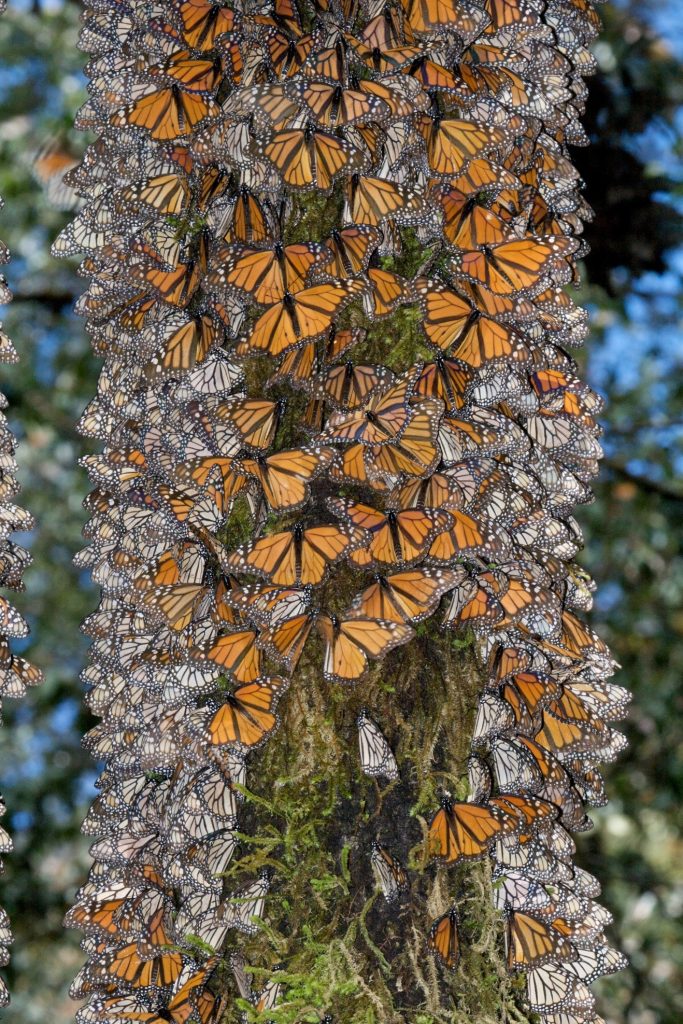
Other Accessories
Be sure to bring plenty of extra memory, as it’s often surprising how many photos you can take of a single species and a single phenomenon.
At the end of the day, the two most important lenses are a general wide-angle, what I often refer to as a “walking around lens” and a zoom telephoto that will get you up to 200, 300, or even 400mm. Then, it’s up to you and your creativity to fill in the rest with an x-factor lens of choice!
If you’ve witnessed this incredible phenomenon and have your own thoughts on lenses, please do leave a comment below!
Go forward and give it a shot,

Court
1 Comment

Asatch
October 29, 2018 at 7:52 pm
Court Whelan, Ph.D., thanks so much for the post.Really thank you! Keep writing.